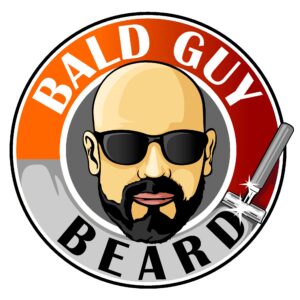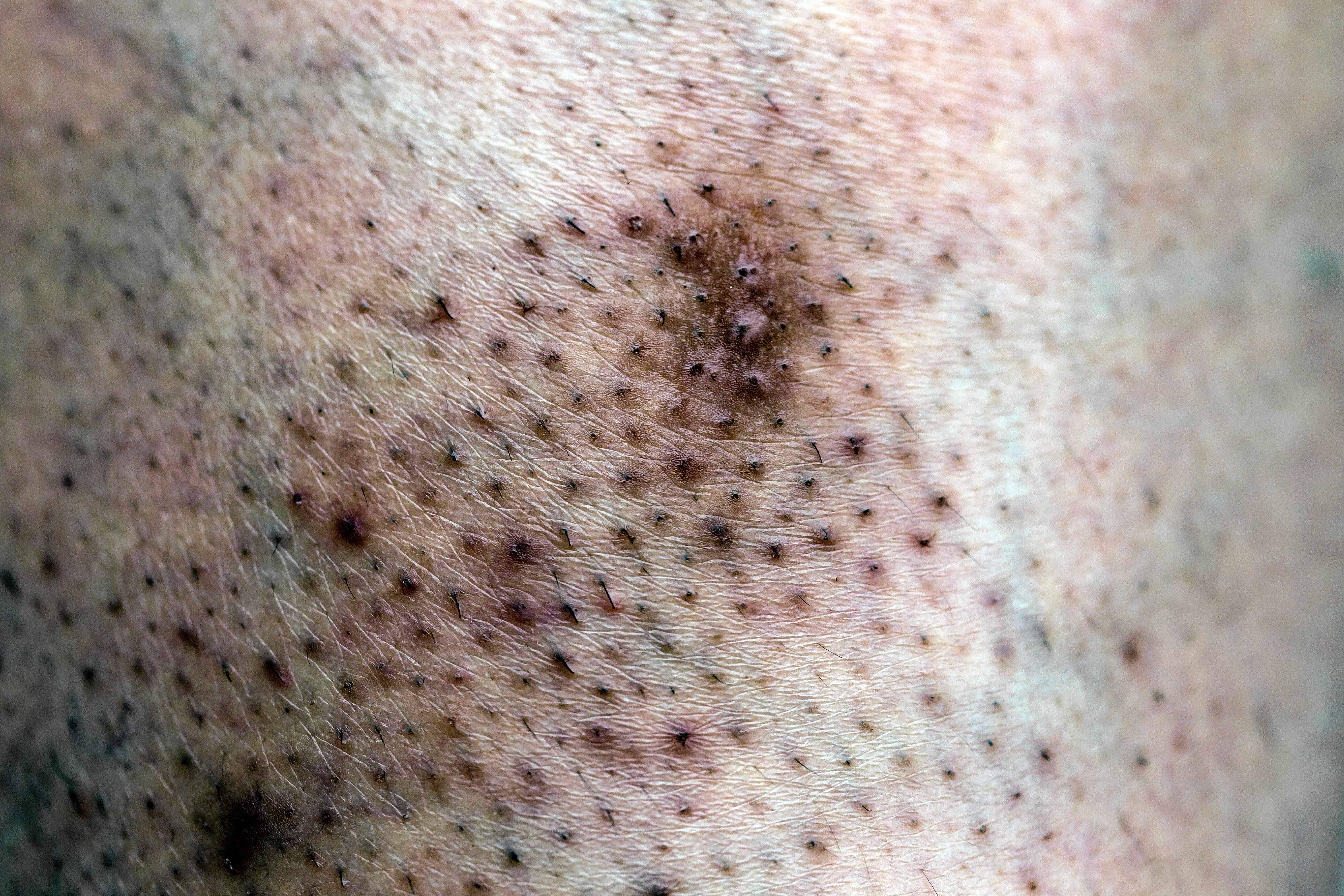If you suffer from razor bumps, you know how annoying they are. You may also wonder how to avoid them and what to do when you already have one.
Razor bumps typically occur on your face and are a result of hair growing downwards underneath the skin often after shaving. This leads to inflammation and a resulting insightly bump. Razor bumps are may hurt before they begin to heal. They can also lead to cuts if you shave over them which can lead to further inflammation. Razor bumps tend to occur more frequently amongst men of African and Info-European ancestry and men who have extremely curly hair. Shaving with a typical lift-and-cut razor which lifts hair to cut it below the skin increases the chance of razor bumps. Single blade razors and electric shavers may be a better shaving choice for you.
For more background information on razor bumps and how to avoid them due to shaving mistakes, check out my earlier post on the subject.
How Razor Bumps Occur

Take a look at the picture above. See how the hair on the top right hand side curls downwards and grows back underneath the skin? This leads to a razor bump.
As an aside, the graphic also shows the stages of hair growth (middle row) and the expected time that you should expect hair to grow back for several popular hair removal options (bottom row).
Men with naturally curly hair tend to experience razor bumps more frequently
Razor Bumps vs Razor Burn
Razor bumps and razor burn are not the same thing but they can both occur due to shaving mistakes. So they have that in common.
Razor burn is due to mistakes that you’re making while shaving and is exacerbated if you have sensitive skin. Razor burn tends to be caused by:
- Using a dull razor blade that should have already been replaced.
- Dry shaving ie. shaving without shaving cream.
- Shaving too aggressively ie. shaving too quickly, pressing too hard on the razor.
- Overshaving ie. shaving the same area on your face repeatedly.
- Shaving against the grain ie. in the opposite direction of hair growth. This is particularly true on the neck!
You can reduce if not eliminate the chance of razor burn by avoiding all of these cases above.
For the heredity reasons – you have naturally curly facial hair – you might not eliminate razor burn but you can also reduce the chances by following the above rules.
Plus, think about a single blade razor blade such as a Double Edge razor that shaves hair at skin level rather than below the skin. Below the skin shaving with lift-and-cut razors gives a closer shave but increases the chances of ingrown hairs.
So Can I Shave Over Razor Bumps?
Shaving over razor bumps should be avoided where possible. A razor bump is already an inflamed area so when you shave over it, it’ll open up and most likely bleed. So now you’re dealing with a shaving cut which will look even more unsightly and take longer to heal.
And you’ll obviously want to avoid shaving over it now because every time you shave a cut, it’ll just bleed again and delay healing further.
Conclusion
- Can I shave over razor bumps? Avoid it whenever possible as you’ll further irritate your skin and run the risk of opening up a bigger cut that takes longer to heal.
- Razor bumps are ingrown hairs that develop when hairs grown downwards back underneath the skin.
- They tend to be more prevalent in men of African and Indo-European ancestry and men who have naturally very curly facial hair.
- Razor burn is different from razor bumps. Razor burn tends to be caused by poor shaving practices.
How do you prevent razor bumps? What do you do when you get them? Let us know in the comments below!


